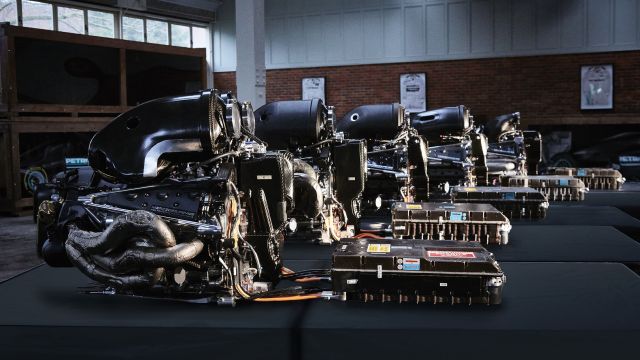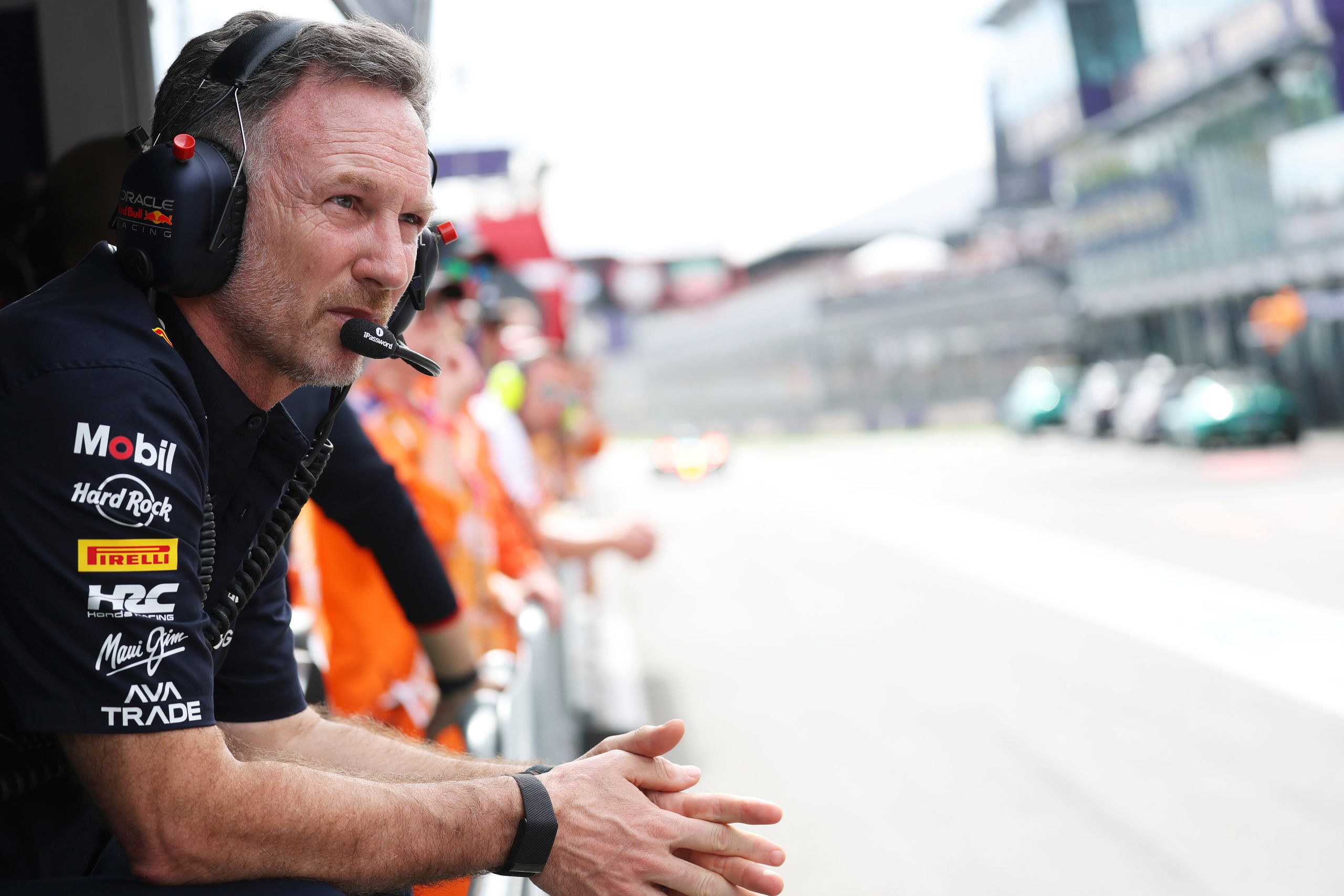The Impact Of Engine Load In Formula One Racing


What is engine load? It’s the maximum amount of power the car’s engine produces at any one time.
An internal combustion engine can have the same maximum torque at any RPM. Therefore, engine load is the engine’s torque output. Or, put another way, it’s the force acting against the engine’s power.
In F1 racing, this is a critical factor affecting the car’s speed, acceleration, fuel consumption, and tire wear. Read on to discover the impact of engine load in F1 racing, and what the teams do to manage it.
Engine Load and Acceleration
Higher torque allows for better acceleration. Gearing increases torque and is a vital element of racing. That’s why F1 race cars work at very high RPMs. However, lower engine loads result in slower lap times.
How do F1 teams increase performance while meeting strict regulatory requirements for NOx emissions? One of the most effective methods they employ is to optimize engine load. And they do so through an Exhaust Gas Recirculation valve known as the EGR valve.
This crucial component in modern combustion engines recirculates a portion of exhaust gasses back into the combustion chamber. It also reduces nitrogen oxide (NOx) emission levels emitted.
However, if that valve is faulty, the engine won’t recirculate the right amount of exhaust gas, resulting in reduced engine efficiency and higher NOx emissions. That means it’s time to buy an EGR valve replacement.
Why does this matter to the race itself? A faulty EGR valve decreases the engine load, resulting in slower reduced performance and slower lap times.
Engine Load and Fuel Efficiency
Higher engine loads give more acceleration, but unfortunately, they also cause greater fuel consumption. A fuel load has to last the entire race. And a fuel stop is just not an option in F1 racing.
Formula 1 car engines are high-performance machines, and that’s why F1 fuel burns at a much faster rate than in ordinary cars.
For maximum power and performance with less fuel consumption, proper engine load management is essential. F1 teams know this and use sophisticated computer models that simulate engine load to optimize the EGR valve settings.
Engine Load and Tire Wear
Tire degradation in F1(also called tire deg), is not ordinary wear and tear. It’s the loss of thermal performance, the grip an F1 car’s tires can provide on the track.
That is crucial when racing at such high speeds, and the loss of grip increases over time. But the force placed on the tires for maximum adhesion is also affected by engine load. Higher engine loads, therefore, cause more physical wear on the tires, too.
F1 rules state that drivers have to make at least one pit stop. But in a sport where every second counts, extra stops need to be avoided at all costs. Fortunately, by optimizing the EGR valve, tire wear is minimized while enhancing speed and performance.
Engine Load and Race Strategy
If you thought that racing drivers just jump into their cars and go, think again. There’s lots of strategy and planning that go into every F1 race. And a large part of that is the engine management strategy.
Before and even during a race, constant analysis and calculation are going on behind the scenes. F1 teams are always finding ways to improve performance while downplaying engine load’s negative effects, like fuel consumption and tire wear.
Engine Load and Car Design
F1 race cars are put to the test out on the track. They have to withstand many stressors at high speeds. And the secret to performing well at high speed is aerodynamics.
Ever watched how F1 cars react to taking corners and other manoeuvres? F1 vehicles lean sideways when taking corners, dip in the front when braking, and do the same at the rear when accelerating.
Why do they do this? To improve the handling of the vehicle at high speeds and manoeuvres.
It promises an exhilarating race performance and reduces the risk of accidents. Aerodynamics and vehicle design are both important facets of the F1 strategy. But how does engine load factor into it? Does it affect the aerodynamics of the race car?
The main aim of F1 aerodynamics is to generate enough downforce allowing more thermal grip for the tires. More grip leads to faster acceleration and cornering speeds.
Higher engine loads allow for more acceleration and therefore are an important factor in the aerodynamics of race car design.
Engine Load and Driver Performance
Formula 1 racing is not for the faint-hearted. That’s why it’s the highest class of international auto racing.
An F1 car not only moves at very high speeds on challenging circuits but also gets hot. F1 drivers lose a few pounds each race from sweating in that heat!
Keeping drivers cool is an important part of the design and strategy behind F1 cars. Despite this, it’s still a hard task.
If you’re thinking of buying an old F1 car and driving it, consider this. To be an F1 driver takes great motor skills, coordination, quick thinking, and grace under pressure.





